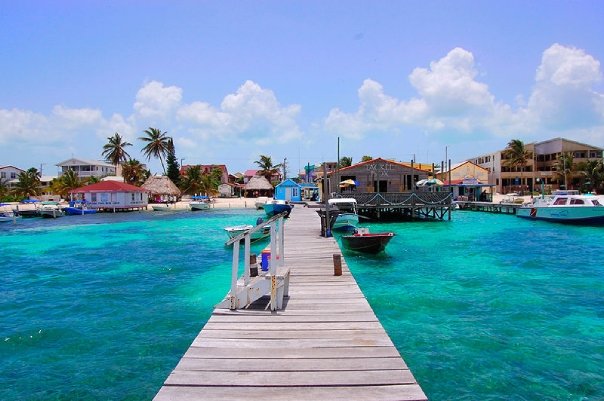The Tarpon.
The Tarpon can be found along the reef, in coastal waters, estuaries, lagoons, and rivers ( they prefer to stay in secluded areas). They feed mainly in the night, almost exclusively on schooling fish ( slashing through nabbing their prey) and occasionally on crabs. The tarpon is able to fill it's swim bladder with air and absorb oxygen from it, like a prehistoric lung, they can also breath air from the surface. This is an advantage when oxygen levels in the water is low. The tarpon grows slowly taking 7 to 13 years to mature, but can reach up to up to 8 feet long and weigh as much as 350 pounds, they are also known as the Silver King.
They appear to be greenish or bluish on top and silver on the sides. Their large mouth is turned upwards, with their lower jaw containing an extended bony plate. The last ray of the dorsal fin is much longer than the others, stretching almost to the tail.
The Tarpon spawns between the months of May and September in deeper waters than they reside. The female lays more than 12 million eggs. Learn more about Belize, view videos about Belize, Become a fan of Future Perfect's Face Book Page.




















